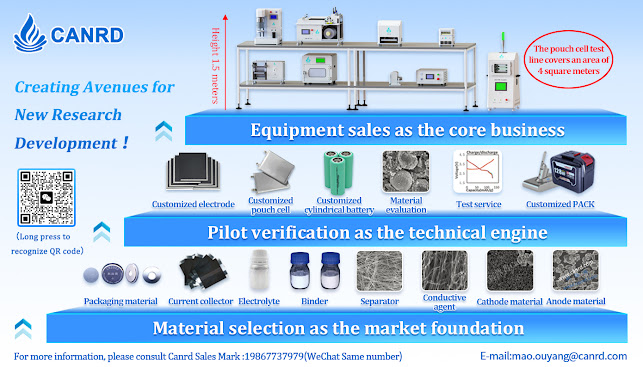1. Key Factors Influencing Formation: Mechanism
Generation Process of SEI Membrane:
l Electrons are transferred from the current collector, through the conductive agent, to point A inside the graphite particles where the SEI membrane is to be formed.
l Solvated lithium ions, wrapped in the solvent, diffuse from the cathode to point B on the surface of the SEI membrane that is currently being formed.
l The electrons at point A diffuse to point B through the electron tunneling effect.
l The electrons that jump to point B react with lithium salt, solvated lithium ions, film-forming agents, etc., to continue generating the SEI membrane on the surface of the existing SEI membrane. This process results in the continuous increase of the SEI membrane thickness on the surface of the graphite particles, ultimately leading to the formation of a complete SEI membrane.







